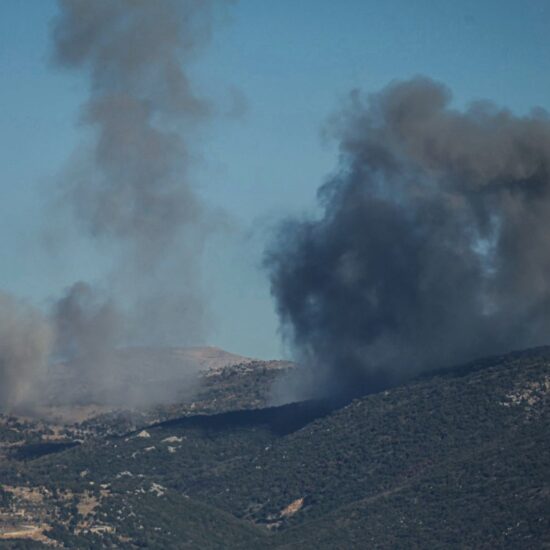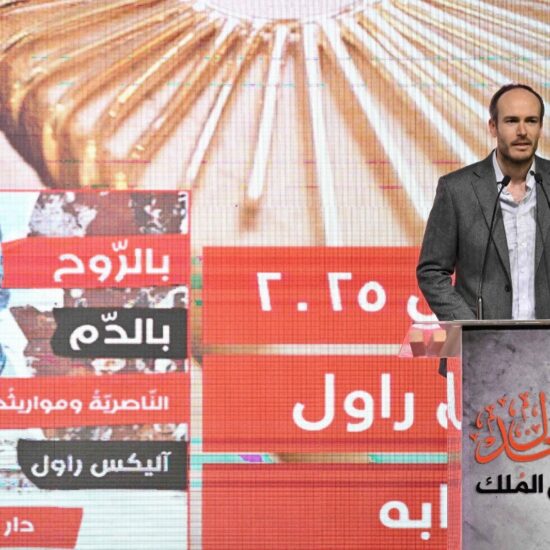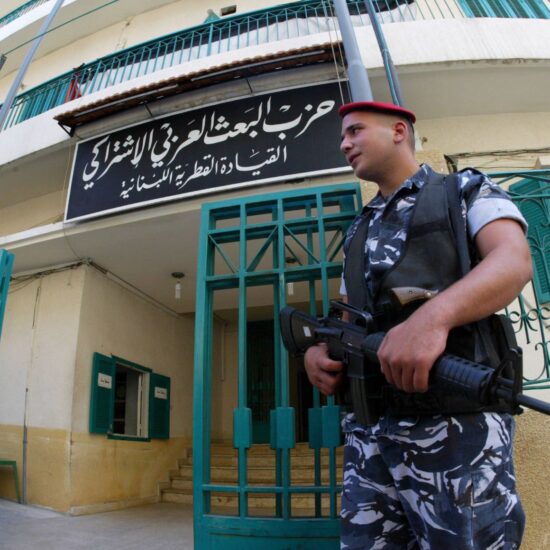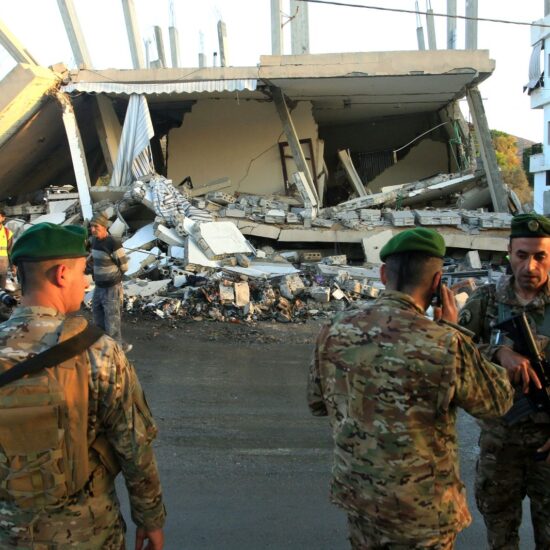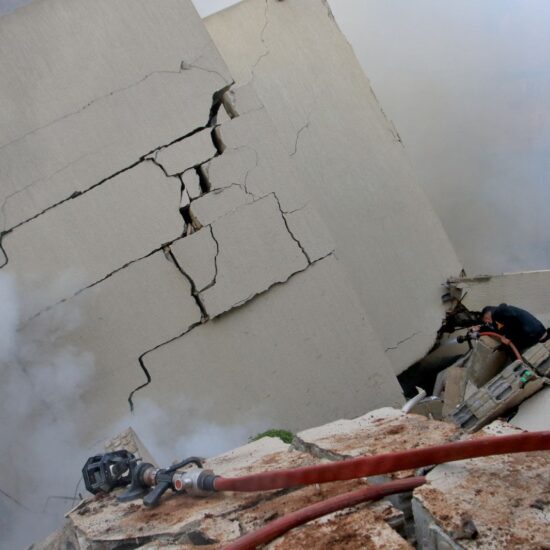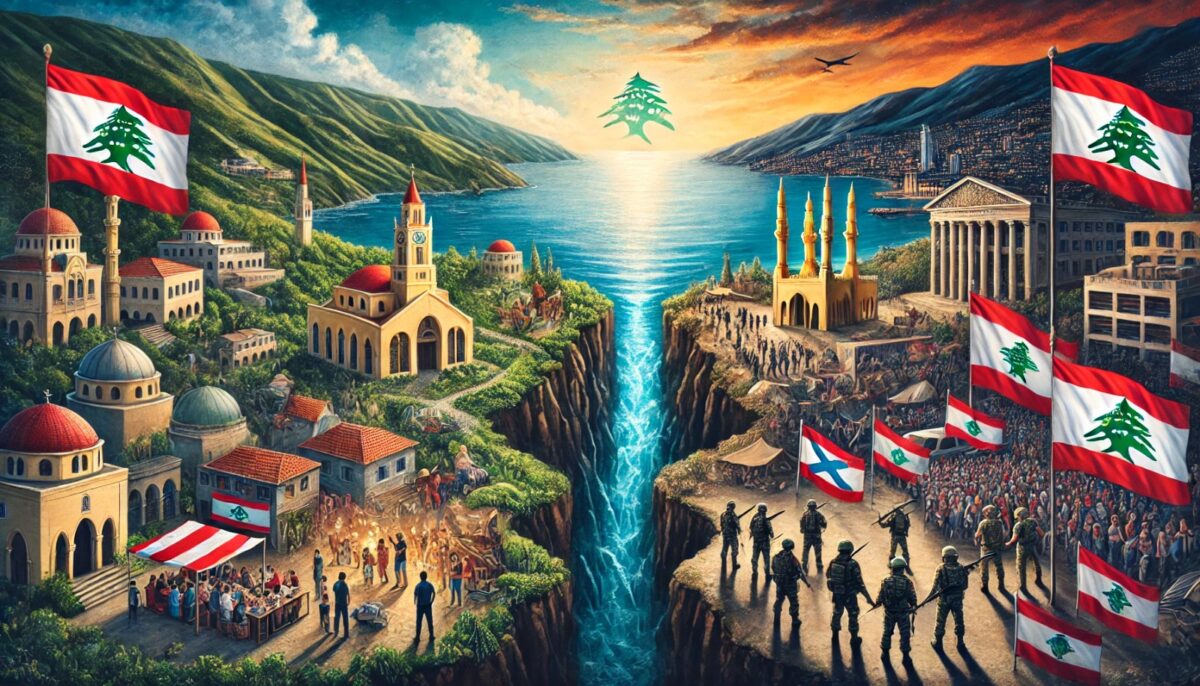
The recent US election results, with Trump’s return to the presidency, likely signal a shift toward more assertive American policies worldwide. For Lebanon - a country already caught between competing visions and external pressures - this adds yet another layer of complexity
While Lebanon has long faced challenges in defining its own identity and securing its sovereignty, shifting global priorities often amplify these internal struggles. Last week’s Batroun incident, in which an Israeli raid reignited debates over Lebanon’s defense and sovereignty, exemplifies this long standing vulnerability.
In this context, Lebanon’s identity crisis is not just about internal divisions; it is about a nation struggling to assert itself in a region where larger powers frequently determine its course. This identity struggle is deeply rooted in Lebanon’s history, from early conflicts with Syrian and Arab nationalism to the rise of Hezbollah and the influence of Iran. Today, as Lebanon faces yet another period of uncertainty, the question remains: Can it establish a unified vision that transcends these divisions, or will it continue to serve as a battleground for competing interests?
Competing loyalties: Lebanon’s identity crisis in historical context
Lebanon has long been a mosaic of religious, political, and ideological communities, each with a distinct identity, set of loyalties, and vision for the country’s place in the world. Since its founding in 1920, Lebanon has grappled with questions about its role in the region, torn between visions of Arab nationalism, Syrian nationalism, and a unique, independent Lebanese identity.
Early on, the ideological clash centered around Lebanese nationalism and Syrian nationalism. The establishment of the Syrian Social Nationalist Party (SSNP) in the 1930s reflected this divide, advocating for a unified Greater Syria that encompassed Lebanon. In the 1950s, Lebanon’s identity crisis evolved into a new ideological battle. The rise of Arab nationalism under Abdel Nasser inspired many Lebanese, especially Muslims, who saw themselves as part of a larger Arab cause. The 1958 crisis, which saw clashes between pro-Western and pro-Arab factions, was an early warning sign of Lebanon’s vulnerability to ideological splits.
Lebanon as a proxy battleground
The regional context of these divisions has only deepened Lebanon’s susceptibility to external influence. Lebanon’s fragmented political landscape has historically created opportunities for powerful neighbors and global powers to exert influence, sometimes overtly, sometimes through proxy actors.
The 1969 Cairo Agreement exemplified this problem: under pressure from regional powers, Lebanon allowed the Palestinian Liberation Organization (PLO) to operate autonomously within its borders, ultimately leading to internal strife and contributing to the outbreak of the Lebanese Civil War in 1975. Similarly, Syria’s role during the civil war and its occupation of Lebanon until 2005 highlighted how Lebanon’s divisions made it a playing field for regional powers.
The influence of Iran through Hezbollah further illustrates this challenge. Initially founded as a resistance movement against the Israeli occupation of southern Lebanon, Hezbollah has grown into a powerful political and military force that operates with significant autonomy and answers directly to Tehran. Hezbollah’s presence and influence have been both a source of pride for some Lebanese, who view it as a bulwark against Israeli aggression, and a source of deep frustration for others, who see it as an impediment to Lebanon’s sovereignty and unity.
Meanwhile, the West—especially the United States and France—maintains its influence by providing military aid and economic assistance, aiming to counterbalance Iranian influence. However, Western aid often comes with conditions, further complicating Lebanon’s political landscape and leaving the Lebanese people caught between competing powers and ideologies.
The high cost of division
Lebanon’s fractured loyalties have real and far-reaching consequences, particularly on its economy and social cohesion. The state’s inability to assert a single, unified policy has led to economic decline, reliance on foreign aid, and the disintegration of public services. As Lebanon’s economy continues to collapse, the government’s inability to protect its people has been starkly highlighted by the growing number of internally displaced persons.
These divisions weaken Lebanon’s army, the one institution that could potentially unify and defend the country. The LAF receive foreign funding and support, yet are often unable to act independently because of internal political dynamics and concerns over Hezbollah’s shadow influence. As a result, Lebanon finds itself with a weakened state and an economy in freefall, leaving its people vulnerable and dependent on the goodwill of international actors.
Can Lebanon find a unified vision?
Given these dynamics, one must ask whether Lebanon can ever transcend its divisions to establish a cohesive identity and a stable, sovereign state. This question brings us back to the fundamental issue: what does Lebanon represent? For some, Lebanon is an independent entity with a unique cultural and political identity, defined by its pluralism and history of co-existence. For others, Lebanon is part of a broader regional struggle, a frontline in the fight against imperialism, Zionism, or Western hegemony.
Creating a “Lebanese-first” policy that prioritizes Lebanon’s sovereignty over external allegiances would require unprecedented political will and a deep rethinking of Lebanon’s place in the region. Such a shift would mean establishing a clear boundary between Lebanon’s national interests and the agendas of regional and global powers. It would also mean addressing the difficult question of Hezbollah’s armed presence and the state’s ability to assert its monopoly on force.
As long as Lebanon’s loyalties remain divided and it lacks a unifying vision, it will be vulnerable to external influence and plagued by internal fragmentation. The question for Lebanon today is whether it can finally break this cycle and create a nation built on a unified vision—or if it will continue to serve as a battleground of competing messages. As historian Kamal Salibi once observed in A House of Many Mansions, Lebanon is a country defined by a multitude of conflicting identities—a nation whose communities live under one roof but inhabit separate realities. This lasting division makes Lebanon a country divided against itself, struggling to forge a singular national message in a world that constantly tests its unity.
Ramzi Abou Ismail is a political psychologist and researcher at the University of Kent.
The views in this story reflect those of the author alone and do not necessarily reflect the beliefs of NOW.



